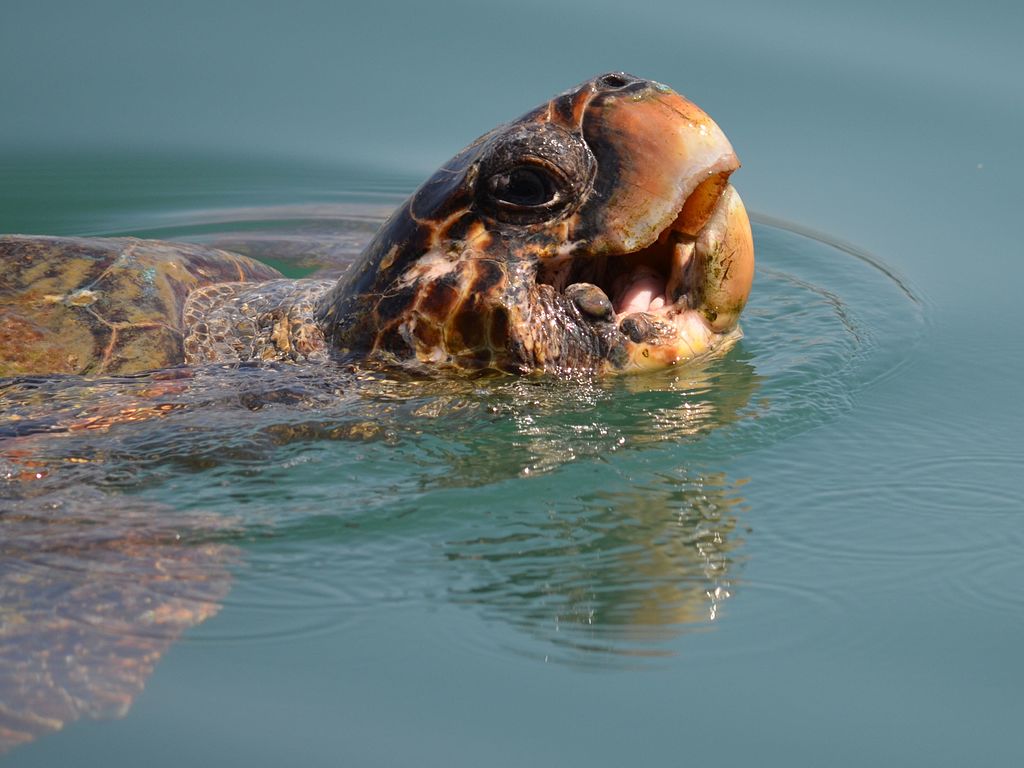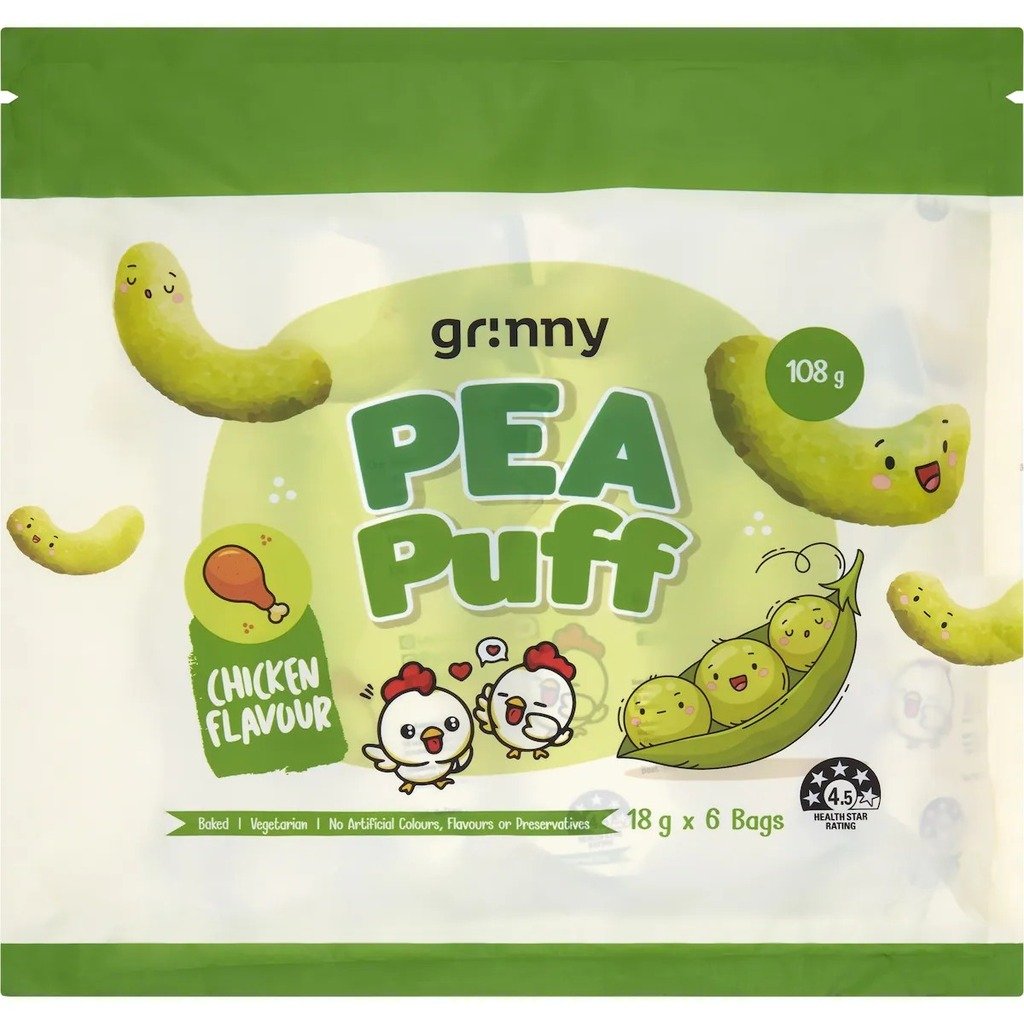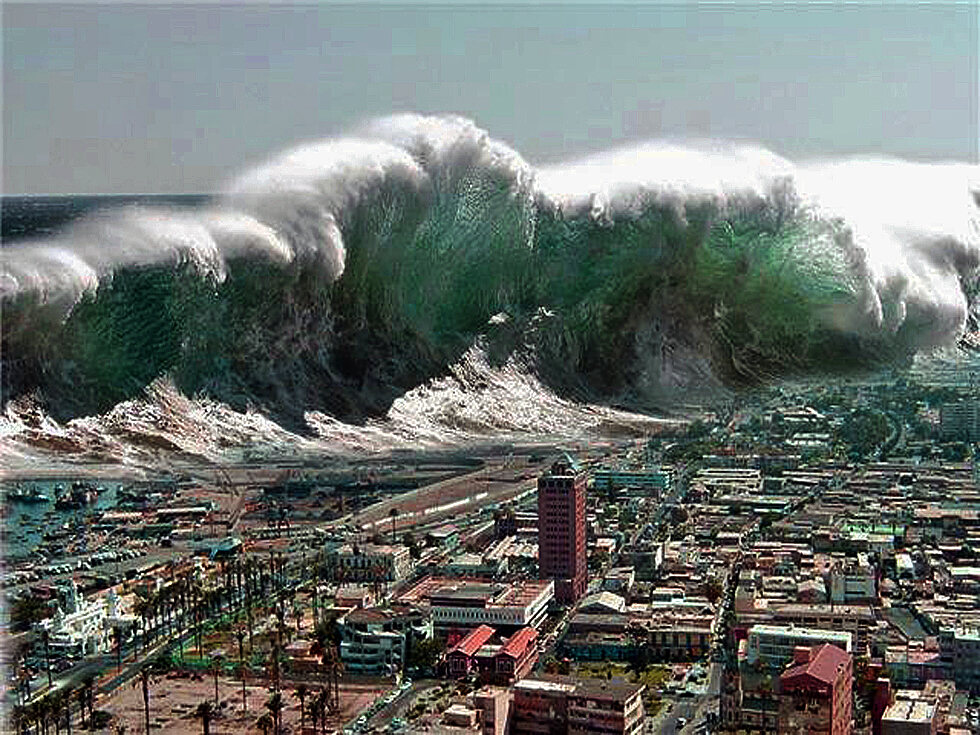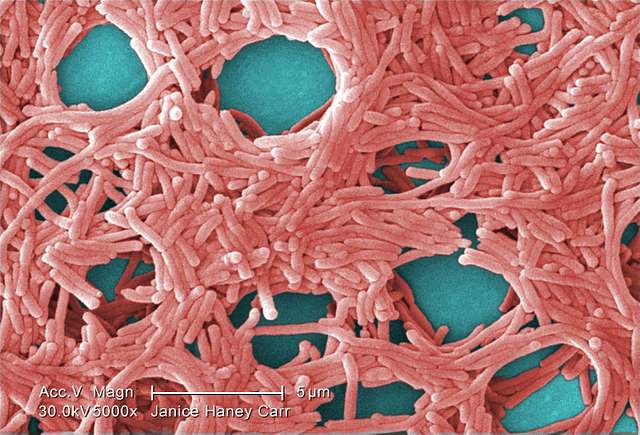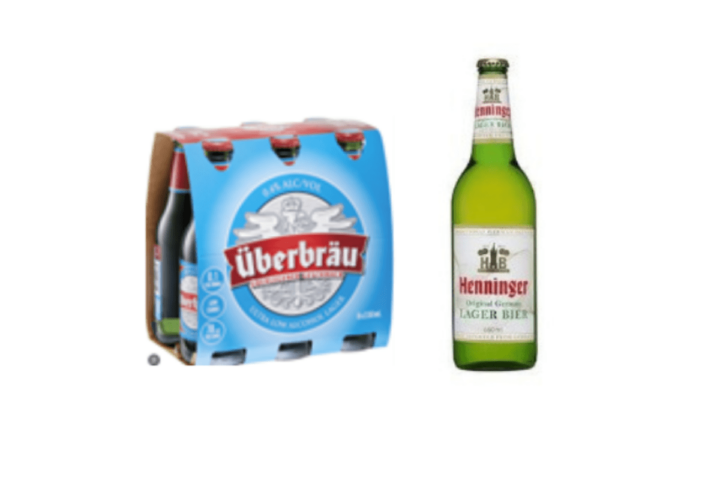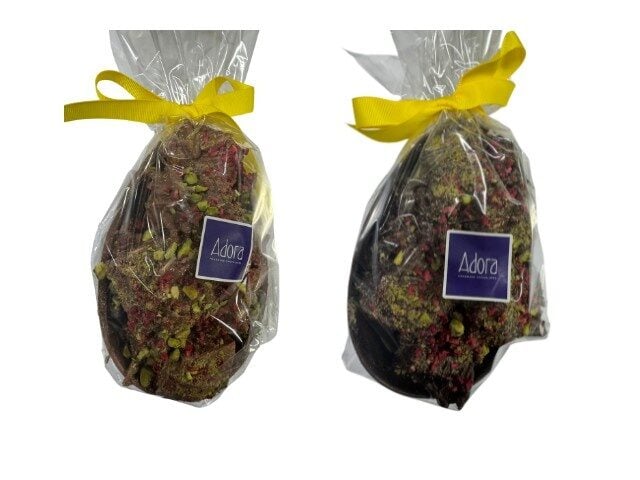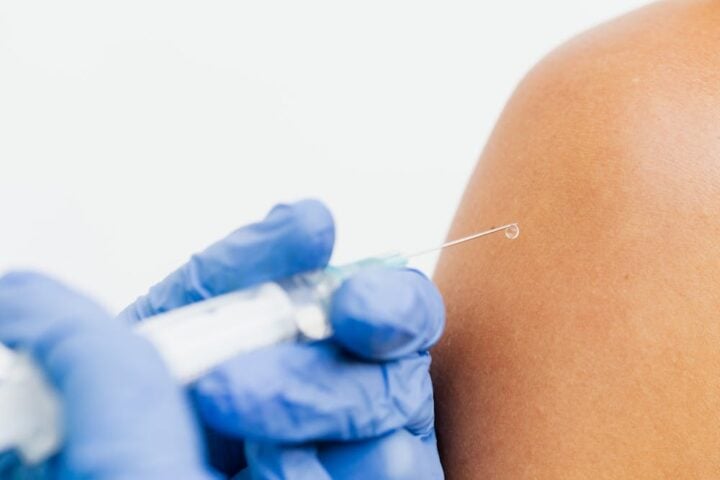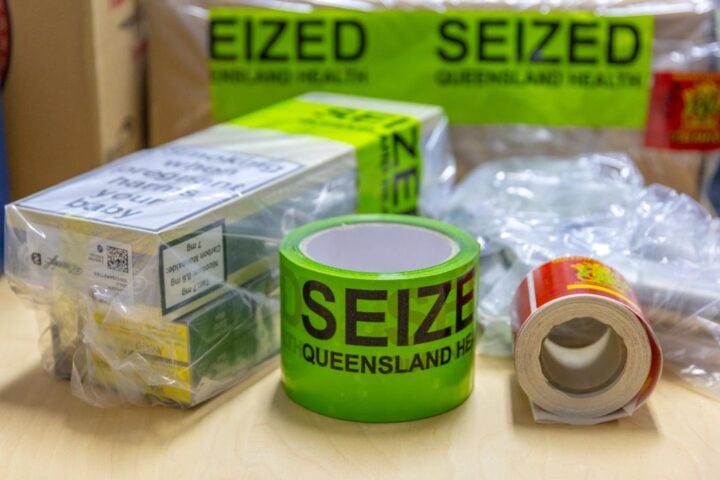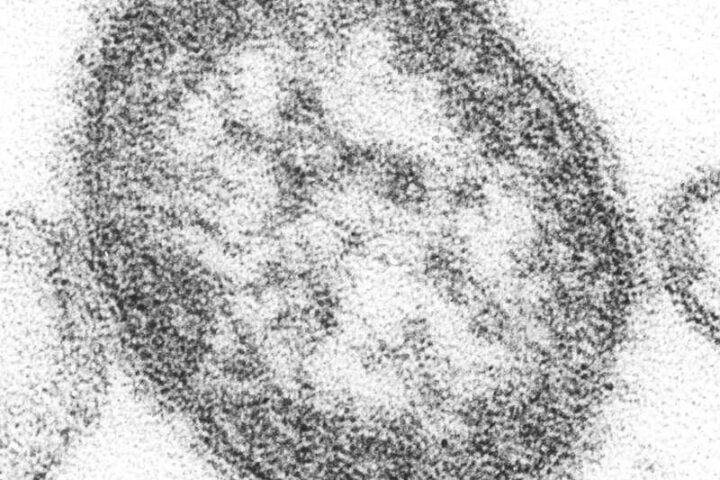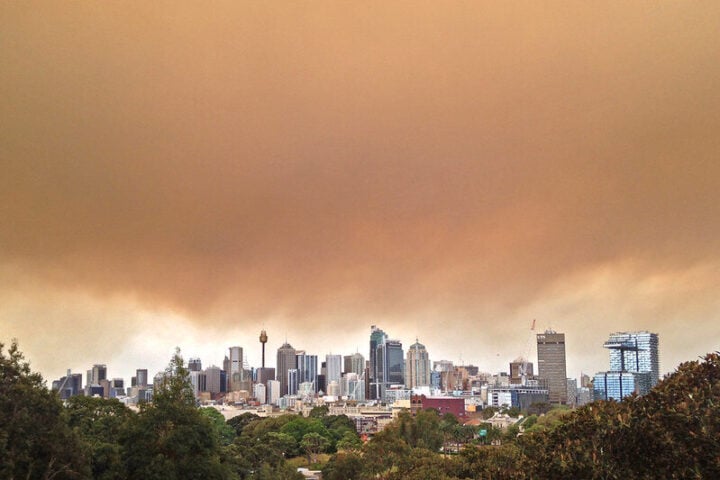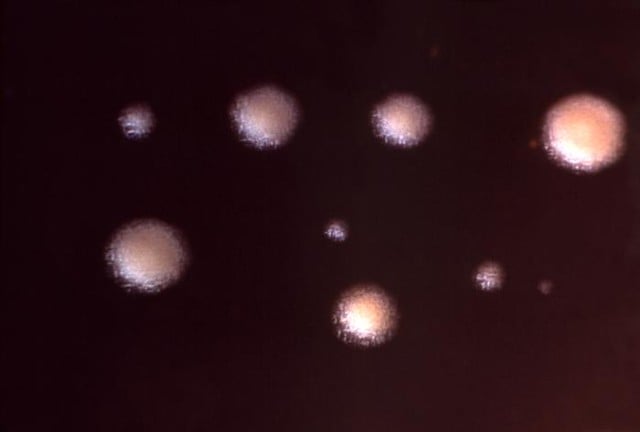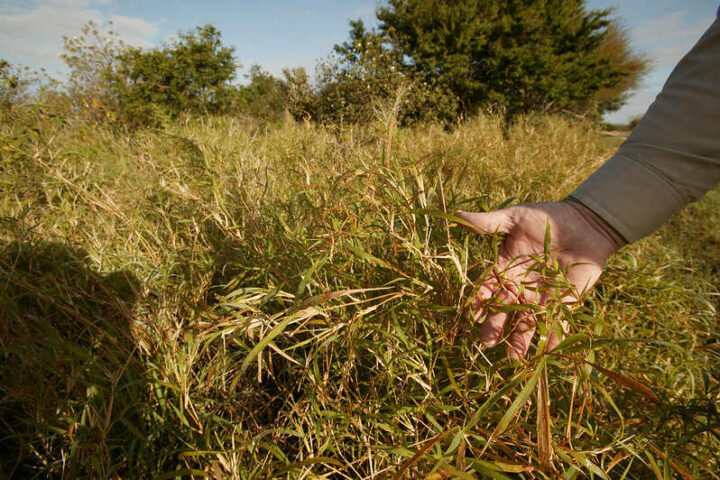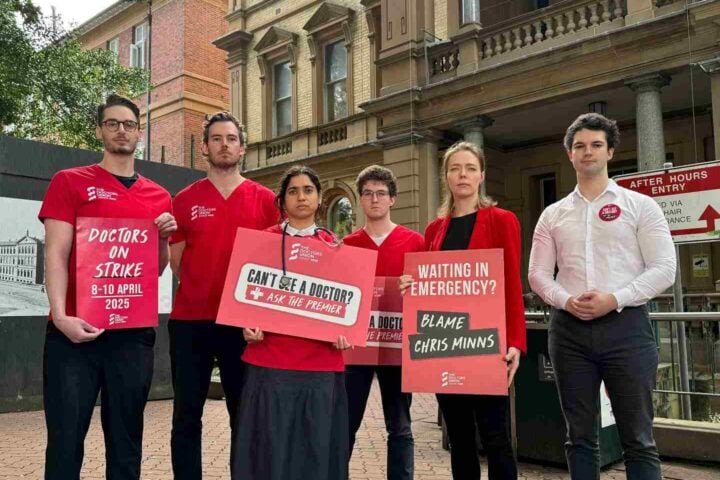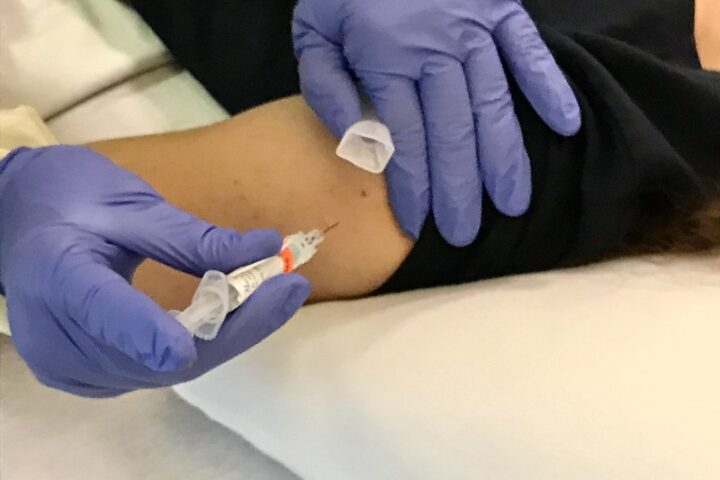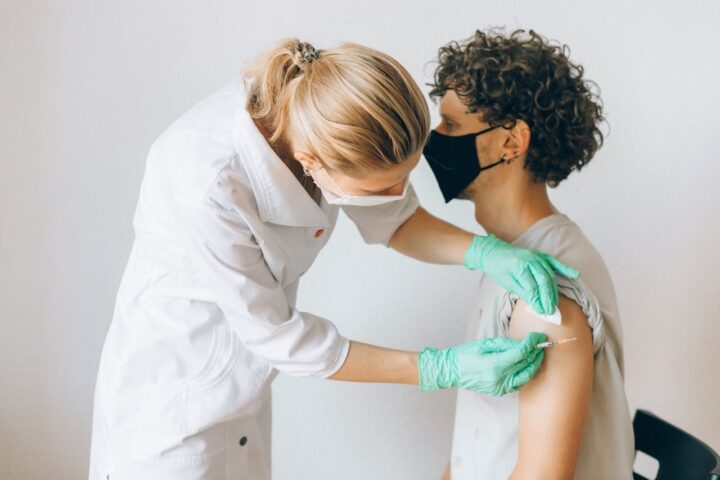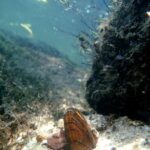A rapid response team has successfully completed New South Wales’ largest-ever sea turtle rescue operation, saving more than 1,000 endangered loggerhead turtle eggs from the destructive path of ex-Tropical Cyclone Alfred.
The operation involved carefully relocating eggs from nine beaches between Tweed Heads and south of Port Macquarie before huge waves could inundate the nests. The rescue effort was urgent as the cyclone approached, bringing heavy rainfall, strong winds, and dangerous surf conditions to Australia’s east coast.
“More than 300 hours were spent on the beach monitoring, rescuing and relocating these eggs in the lead-up to now ex-tropical cyclone Alfred,” said NSW TurtleWatch Project Officer Merryn Dunleavy. “Our team worked around the clock in heavy rain, waves and wild and windy conditions to ensure these nests could be relocated to safety.”
The delicate operation required extreme care to preserve the viability of the eggs. Each egg had to maintain its original vertical orientation during transportation, and the improvised incubators needed to stay at a precise temperature of 26.5 degrees Celsius.
Staff and volunteers from NSW National Parks and Wildlife Service (NPWS) and NSW TurtleWatch transferred more than 1,000 eggs into nine specially prepared incubators. Seven of these were 45-litre eskies fitted with sand, heat pads, thermostats, and temperature monitors.
Their efforts paid off. After ten days, the first eggs began to hatch. Baby turtles have been released across multiple beaches:
- 317 hatchlings at North Kingscliff, Seven Mile, and Wooli beaches
- 51 hatchlings at North Haven Beach, 19 days after being rescued
- 121 hatchlings at Fingal Head Beach
Four nests remain in incubators, with wildlife rehabilitators monitoring them closely for signs of hatching. Additionally, a tenth clutch was rescued in place at Casuarina Beach, with hatchlings released the same day.
Similar Posts
The rescue team was careful to release the turtle hatchlings at low tide—a critical part of “natal homing” for the species. This natural process helps the turtles imprint on their birth beach, so they can return decades later to lay their own eggs.
“Each of our nests are very loved by our local communities so it was great to confirm to them that the nests had been rescued and will now have a chance at survival,” Dunleavy said. “For our rescued nests that have already hatched, we have seen hatching success rates between 85 and 96 per cent.”
The successful operation has broader significance for turtle conservation efforts. Loggerhead turtles were declared endangered in NSW in 2001, and every nest matters for their survival. This summer also marked NSW’s biggest turtle nesting season on record, with 18 sea turtle nests found on beaches, up from 13 last summer.
Community involvement in turtle conservation has reached new heights. NSW TurtleWatch volunteers monitored more than 2,700 kilometers of coastline and conducted more than 739 beach patrols this season.
“It takes a community to care for and protect these vulnerable animals, and the community has delivered,” said Minister for the Environment, Penny Sharpe.
The cyclone itself caused significant damage across Queensland and northern NSW, with more than 400,000 homes losing power during its peak. Trees were felled and properties inundated. The rescue effort protected the turtle nests from the storm surge and heavy waves that came with the cyclone.

Beyond government agencies, several wildlife organizations participated in the rescue efforts. Turtles collected over summer were taken to licensed wildlife rehabilitation organizations including Australian Seabird and Turtle Rescue, Byron Bay Wildlife Hospital, Irukandji at Port Stephens, and Coffs Coast Wildlife Sanctuary.
The NSW Government continues to run programs such as Turtle Watch to protect endangered marine species and preserve biodiversity along the state’s coastline
Frequently Asked Questions
Sea turtle eggs were being rescued because they were at risk of destruction from ex-Tropical Cyclone Alfred. The cyclone brought heavy rainfall, strong winds, and dangerous surf conditions that could have washed away or inundated the nests. Since loggerhead turtles are endangered in NSW, these conservation efforts are crucial for their survival.
Relocating sea turtle eggs requires extreme care. Each egg must maintain its original vertical orientation during transportation to remain viable. The eggs are placed in specially prepared incubators (modified eskies fitted with sand, heat pads, thermostats, and temperature monitors) that maintain a precise temperature of 26.5 degrees Celsius. This delicate process preserves the eggs’ viability until they can hatch safely.
Loggerhead turtles were declared endangered in NSW in 2001. Their population has been declining due to various threats including habitat loss, pollution, fishing bycatch, and climate change. This is why conservation efforts like nest rescues are so important – every nest matters for the survival of the species.
Releasing turtle hatchlings at low tide is a critical part of “natal homing” for the species. This natural process helps the turtles imprint on their birth beach, enabling them to return decades later to lay their own eggs. The timing of release mimics natural conditions and gives the hatchlings the best chance of survival and maintaining their natural behaviors.
Based on this operation, sea turtle nest rescues can be highly successful. For the rescued nests that have already hatched, the teams observed hatching success rates between 85 and 96 percent. This demonstrates that with proper techniques and care, rescued nests can have similar success rates to those left in their natural environment.
The public can get involved through volunteer programs like NSW TurtleWatch, which monitors beaches and conducts patrols. This season, volunteers monitored more than 2,700 kilometers of coastline and conducted over 739 beach patrols. Other ways to help include supporting wildlife rehabilitation organizations, reporting turtle sightings to authorities, keeping beaches clean, and reducing plastic use which can harm marine life.
